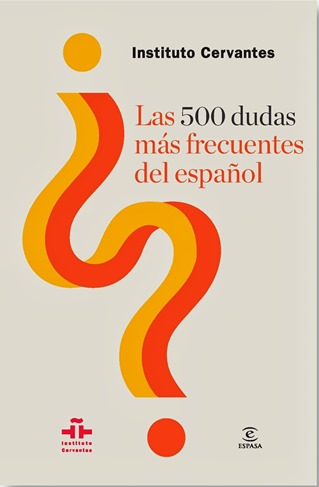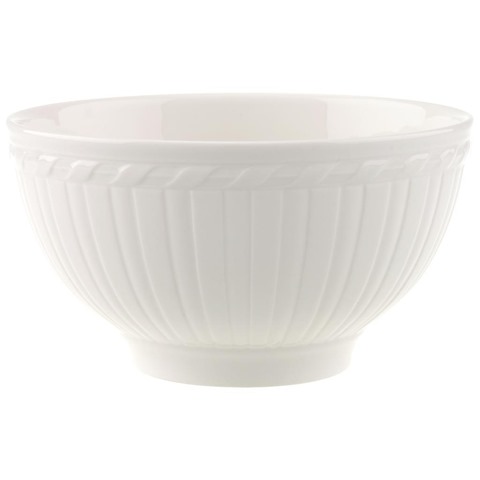Honest post ahead:
In high school and college, speaking Spanish was a ton of fun! I didn’t have “off days,” I didn’t feel bad about my accent, and I never felt self-conscious! I thought I was pretty darn good at Spanish too. (In truth, I wasn’t half bad.)
That all changed when I first set foot in Spain in 2008. Suddenly, I realized I didn’t understand a lot of things. I got nervous when people gave me directions, nodding stupidly, and hoping they wouldn’t notice when I walked off in a direction opposite to the one in which they had told me to go. Vale became my favorite, end-the-conversation-NOW word. Every so often, a Spaniard would compliment my English, but I knew they were lying. They just had to be!
Slowly, through my years in Spain, I grew more confident in my abilities. I learned so many new words, phrases, and ways of speaking. My Spanish family is sometimes delighted when I say things like, ” … que no veas,” as though what I said was, indeed, la leche. There are good days, days when the words flow, and people don’t have to wait for me to spit out the word vitrocerámica (why can’t we just call it a fogón?). These days are when I feel most competent and fluent, the days I like (sometimes even love!) speaking castellano.






 Trapo
Trapo 





